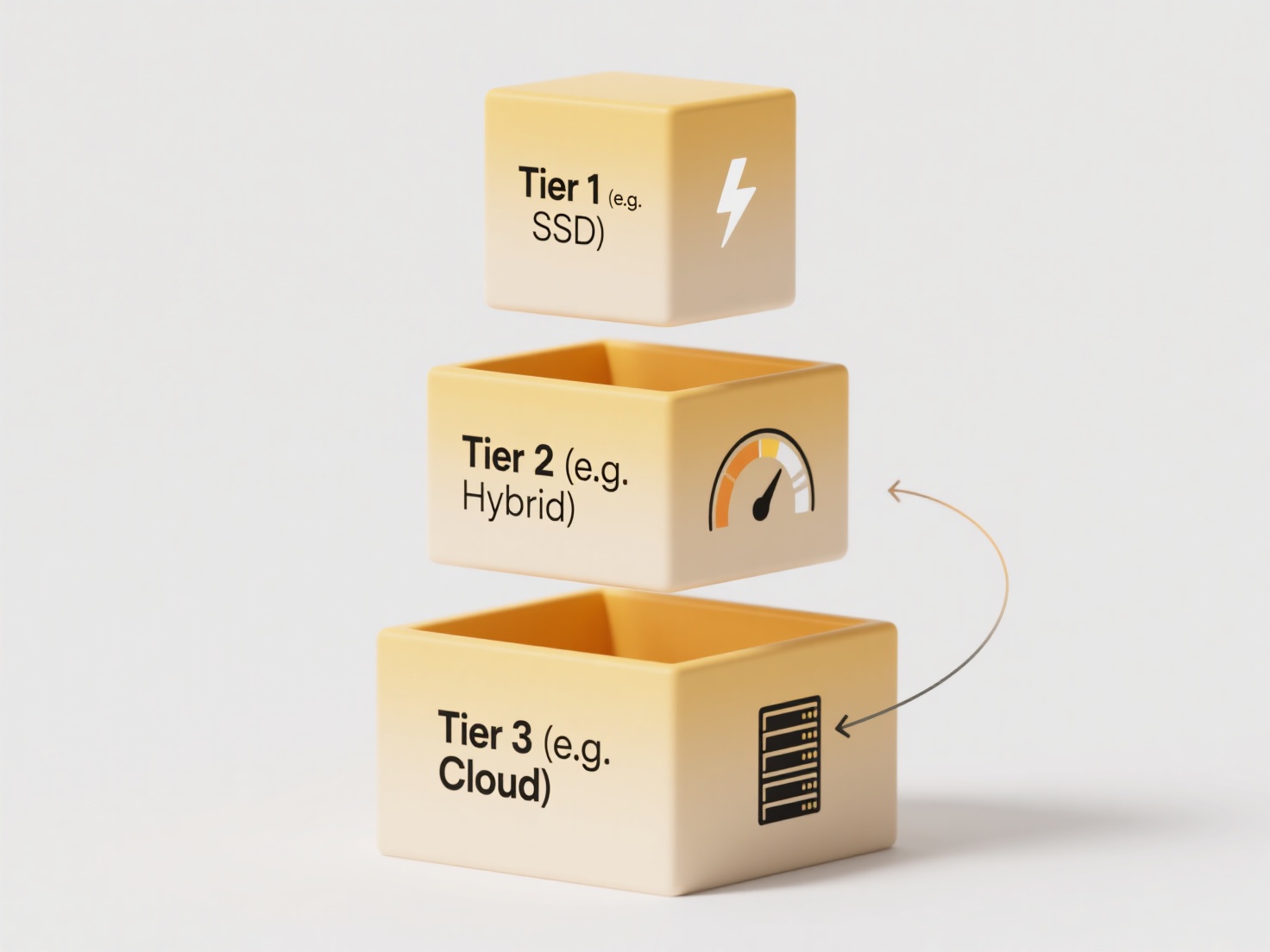
Yes, you can and often should rename files for accessibility, specifically to aid users relying on screen readers. Accessibility in this context means making digital information usable for people with disabilities. Descriptive file names provide crucial context that generic names like "document1.pdf" or "IMG_1234.jpg" lack. Screen readers announce these names verbatim; a clear, meaningful name gives immediate understanding without requiring the user to open the file first. This is different from relying solely on folder structures or embedded metadata, which might not be as readily announced.

For example, instead of "report_final.docx", renaming it to "Q3_Sales_Summary_Report_Oct2023.docx" immediately conveys content and date. Similarly, changing "scan0001.jpg" to "Employee_Signed_Consent_Form_JSmith.jpg" provides clear information about the document's purpose and subject. This practice is essential in document management systems, email attachments shared in professional settings (like business or education), and any digital repository where users need to identify and locate files efficiently.
Advantages include significantly improved efficiency and independence for screen reader users, compliance with accessibility standards (like WCAG), and better organization for all users. A key limitation is imposing practical constraints (e.g., character limits in certain systems). Ethically, it promotes equitable digital access. As automated tools for metadata extraction and naming improve, the practice is becoming easier to implement widely.
Can I rename files for accessibility (e.g., screen readers)?
Yes, you can and often should rename files for accessibility, specifically to aid users relying on screen readers. Accessibility in this context means making digital information usable for people with disabilities. Descriptive file names provide crucial context that generic names like "document1.pdf" or "IMG_1234.jpg" lack. Screen readers announce these names verbatim; a clear, meaningful name gives immediate understanding without requiring the user to open the file first. This is different from relying solely on folder structures or embedded metadata, which might not be as readily announced.

For example, instead of "report_final.docx", renaming it to "Q3_Sales_Summary_Report_Oct2023.docx" immediately conveys content and date. Similarly, changing "scan0001.jpg" to "Employee_Signed_Consent_Form_JSmith.jpg" provides clear information about the document's purpose and subject. This practice is essential in document management systems, email attachments shared in professional settings (like business or education), and any digital repository where users need to identify and locate files efficiently.
Advantages include significantly improved efficiency and independence for screen reader users, compliance with accessibility standards (like WCAG), and better organization for all users. A key limitation is imposing practical constraints (e.g., character limits in certain systems). Ethically, it promotes equitable digital access. As automated tools for metadata extraction and naming improve, the practice is becoming easier to implement widely.
Related Recommendations
Quick Article Links
How do I stop sharing after a deadline?
Stopping sharing after a deadline means automatically revoking access permissions for shared files, folders, or links at...
Can I link related files across folders?
Linking related files across folders creates references between files located in different directory locations without p...
How do I separate personal notes from shared resources?
Separating personal notes from shared resources involves keeping private thoughts, observations, or draft ideas distinct...